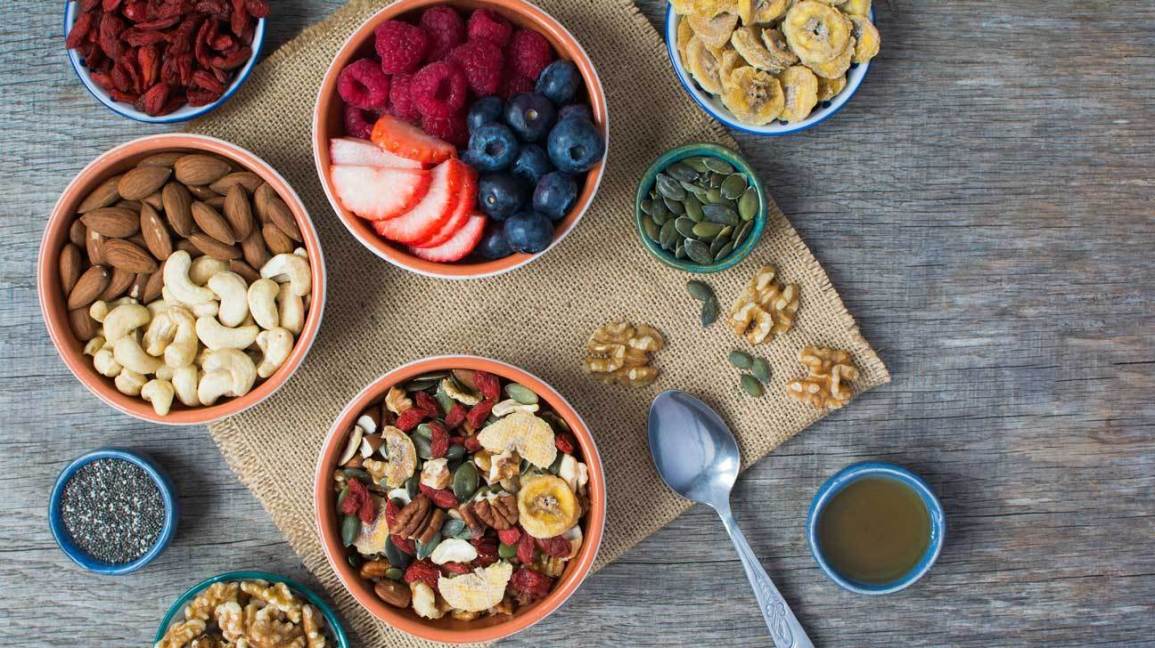
 Losing weight is surely a task, but in recent times, several diets and meal plans have been introduced to people looking to shed some kilos. As tedious and exhaustive as it may seem, many believe these diet plans are helpful and efficient. Of these restrictive diets, paleo diet is a high-protein, high-fiber eating plan that promises effective weight loss.
Losing weight is surely a task, but in recent times, several diets and meal plans have been introduced to people looking to shed some kilos. As tedious and exhaustive as it may seem, many believe these diet plans are helpful and efficient. Of these restrictive diets, paleo diet is a high-protein, high-fiber eating plan that promises effective weight loss.
What is a paleo diet?
The Paleo diet is inspired from what was eaten by people during the paleolithic period. Humans followed no fixed diet and ate everything they could find or was available to them. Some indulged in low carb protein-rich foods, while others had plant-based high carb diets.
That said, paleolithic diet, or caveman diet eliminates high-fat and processed foods that have little to no nutritional value. These foods are high in calories, which leads to weight gain. Paleo diet emphasizes on eating fruits and vegetables that are rich in healthy vitamins, minerals, and fiber, that help your cravings to die down and keeps you satiated for a longer period of time. This in turn, keeps extra calories at bay and avoids the possibility of gaining unnecessary weight.
Foods to eat
As mentioned above, paleo diet restricts processed and fat-ridden foods. Therefore, here are some key foods to eat in a paleo diet.
– Lean meat such as beef, chicken, lamb, turkey, pork and others.
– Seafoods like salmon, shrimp, trout, etc.
– Eggs
– Vegetables such as broccoli, carrots, kale, spinach, etc.
– Fruits like apples, strawberries, avocados, oranges, pears and more.
– Nuts and seeds.
– Extra virgin olive oil, coconut oil, avocado oil and others.
Remember to go organic.
Foods to avoid
On the contrary, these foods should be avoided if you want to follow a paleo diet.
– Sugary foods and drinks
– All dairy products, including milk, cheese, yogurt, and butter
– Legumes, like beans, peanuts, and peas
– Grains such as wheat, rye, rice, and barley
– Artificial sweeteners
– Processed foods
Benefits of a paleo diet
Given that a paleo diet consists of fruits and vegetables, one can reap many nutritional benefits from such diet. Additionally, while there is no set diet cycle to follow, you can eat the foods that are allowed and avoid those that are not.
Paleo diet focuses on cutting off the processed and sugary foods, which helps you regulate your calories and keeps your weight in check. There are anti-inflammatory benefits from the plant nutrients in fruits, vegetables, oils, nuts, and seeds.
Apart from that, it eliminates the risk of developing chronic illnesses such as type 2 diabetes and blood pressure. While there is no specific data to confirm the claims but given that a paleo diet consists of whole and unprocessed foods, studies suggest that it is a healthy diet.
Limitations of a paleo diet
Whether or not a paleo diet is good for your health is yet to be seen. It all comes down to your eating approach. While there is a set of foods to eat and to avoid, depending on your intake, it may prove advantageous or disadvantageous to your body.
A Paleo diet can also cost you a lot. It emphasizes on foods that are organic and good quality meat, which can be very expensive. Besides that, it can be a difficult alternative for vegans and vegetarians, especially since it excludes beans.
Additionally, the effectiveness of paleo diets can only be assumed as the scientific evidence is limited.
Sample meal plan for a paleo diet
If you’re looking to switch to a paleo diet, you can follow these sample plans and alter it according to your liking.
For breakfast, you can have eggs and vegetables fried in coconut oil and a piece of fruit. Or you can add some bacon with eggs with some fruits.
For lunch, switch to a chicken salad with olive oil with some handful of nuts. You can also have a sandwich in a lettuce leaf, with meat and fresh vegetables.
Finally, for dinner, you can have a salmon fried in butter, with vegetables. Or Fried pork with vegetables.
Tips to follow paleo diet efficiently
– Paleo diet comes with no restrictions on the portion. Therefore, it is important to keep a check on your food intake. Do not overeat one food over the other, as it may have some negative impact on your body.
– Try to regulate your protein intake, as it may mean too little carbohydrate, which is the energy source for your physical activities.
Disclaimer: The views expressed in this article should not be considered as a substitute for physician’s advice. Please consult your treating physician for more details.







